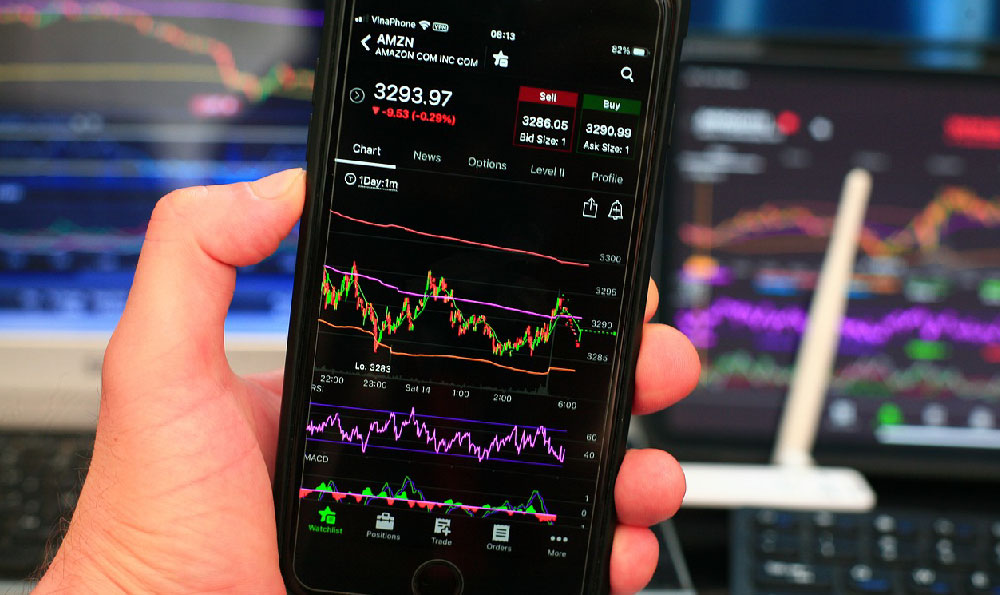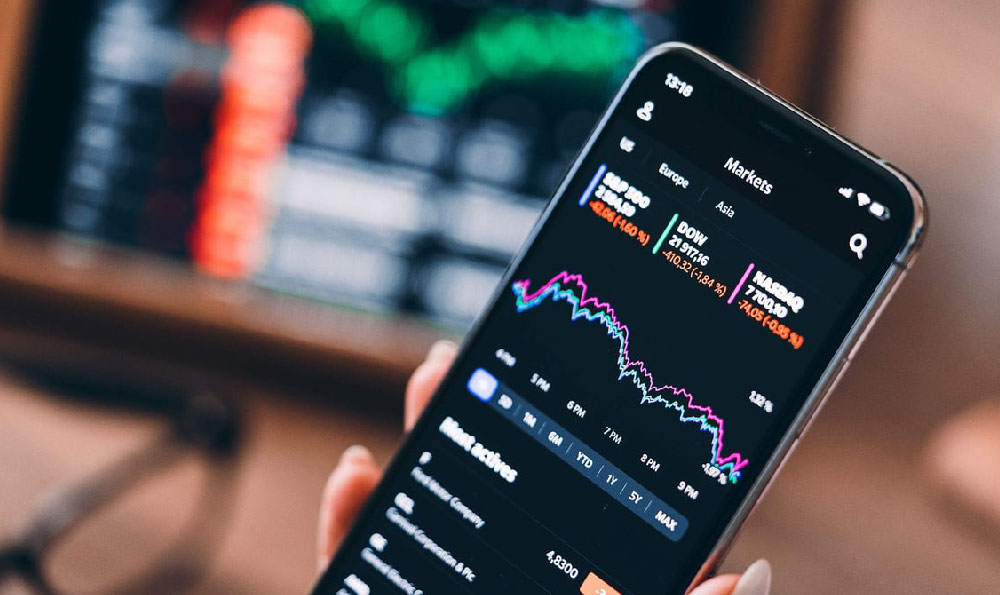Alright, let's delve into the earning potential of driving for Uber. It's a question that's on the minds of many aspiring drivers, and the answer, as with most things related to the gig economy, is nuanced and depends heavily on a multitude of factors. There's no magic number, no guaranteed income, but a realistic understanding of these influencing elements can provide a clearer picture of what you might realistically expect to earn.
The most significant determinant of your potential Uber income is location. Major metropolitan areas, with their dense populations and constant demand for rides, naturally offer greater earning opportunities than smaller towns or rural areas. Consider the difference between driving in a bustling city like New York or Los Angeles versus a smaller city with a more spread-out population and readily available parking. The sheer volume of ride requests will be drastically different, directly impacting your earning potential. Furthermore, the cost of living in your area also plays a crucial role. Higher costs of living generally translate to higher Uber fares, but these higher fares need to offset the increased expenses associated with operating a vehicle, such as fuel, maintenance, and insurance, in a pricier environment. Researching the specific Uber rates and typical demand patterns in your city is essential before committing to driving.
Beyond location, timing is everything. Surge pricing, the dynamic pricing mechanism Uber employs to balance supply and demand, can significantly boost your earnings. Understanding when and where surge pricing is likely to occur is key to maximizing your income. Peak hours, such as rush hour commutes, weekend nights, and special events like concerts or sporting games, often trigger surge pricing. Learning the rhythms of your city and strategically positioning yourself in areas with high demand during these times can substantially increase your earnings per ride. Ignoring these peak times and sticking to off-peak hours will undoubtedly result in lower income. Analyze historical data, if available, and observe patterns to predict when and where demand is likely to surge.

The type of Uber service you offer also influences your earnings. UberX, the standard ride-sharing service, typically generates lower fares compared to premium services like Uber Black or Uber SUV. These premium services require drivers to have higher-end vehicles and maintain higher service standards, but they also command significantly higher fares, potentially leading to greater overall income. Consider the upfront investment required to acquire and maintain a vehicle suitable for premium services, as well as the stricter eligibility requirements, before deciding if this is the right path for you. Uber Eats, delivering food, offers a different earning dynamic, focusing on shorter trips and faster turnaround times. While the individual delivery fares might be lower than UberX rides, the potential for higher volume, especially during mealtimes, can still make it a viable option.
Operating costs represent a crucial consideration. While Uber provides a platform for connecting drivers with riders, drivers are responsible for all vehicle-related expenses. These costs can include fuel, maintenance, insurance, vehicle depreciation, and parking. Accurately tracking these expenses is essential for determining your true profitability. Failing to account for these costs can lead to a distorted view of your earnings and potentially result in working for less than you realize. Implement a system for meticulously tracking all vehicle-related expenses and factor these costs into your hourly earnings calculation. Ignoring these costs can be a financial pitfall.
Driving efficiently can also impact your earning. Efficient driving habits, such as avoiding unnecessary idling, following optimal routes, and maintaining your vehicle in good condition, can reduce fuel consumption and maintenance costs, thereby increasing your net earnings. Utilizing navigation apps effectively to avoid traffic congestion and choosing routes that minimize distance can also save you time and money. A commitment to responsible driving practices can translate directly into higher profits.
Another aspect to consider is driver ratings and acceptance rates. While Uber allows drivers to decline ride requests, a consistently low acceptance rate can negatively impact your standing on the platform and potentially lead to fewer ride requests. Maintaining a high driver rating is also crucial for attracting riders and ensuring continued access to the platform. Strive to provide excellent customer service, maintain a clean and well-maintained vehicle, and treat riders with respect to maintain a high rating and increase your earning potential.
Finally, one must consider the changing landscape of the gig economy and the evolving regulatory environment. New regulations regarding driver classification, minimum wage requirements, and insurance coverage are constantly being introduced and can significantly impact Uber drivers' earnings. Staying informed about these changes and adapting your driving strategies accordingly is essential for maintaining profitability. Actively participate in driver advocacy groups and stay abreast of legislative developments that may affect your earnings.
In conclusion, determining the potential income from driving for Uber requires a comprehensive assessment of various factors, including location, timing, service type, operating costs, driving efficiency, acceptance rates, driver ratings, and the regulatory landscape. It's not a get-rich-quick scheme, but a viable income-generating opportunity for those willing to put in the effort, strategize effectively, and adapt to the ever-changing dynamics of the ride-sharing market. A realistic approach, coupled with diligent planning and execution, can help you maximize your earnings and achieve your financial goals. Don't rely on anecdotal evidence or unrealistic promises. Conduct thorough research, track your expenses meticulously, and adapt your strategies as needed to optimize your earning potential within the Uber ecosystem.












